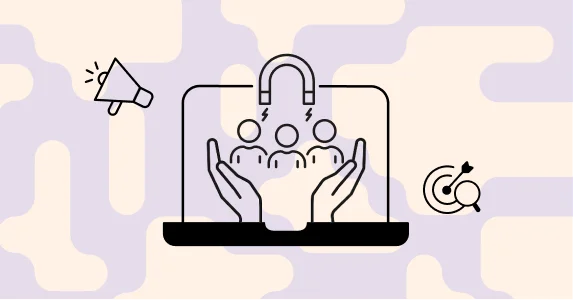In 2004, an article in the Harvard Business Review said: “You can’t make intelligent investments within your organization unless you understand how your whole industry is changing. If the industry is in the midst of radical change, you’ll eventually have to dismantle old businesses. If the industry is experiencing incremental change, you’ll probably need to reinvest in your core.”
Almost 20 years later, it is still relevant and becomes the central reason for this (and the next) article.
Innovations in marketing tech, especially email marketing, are causing seismic changes in how companies do business. We’ve covered some of these in other articles – AdWaste – the elephant in the digital marketing room (Part 1) <link>, <link>, <link>, <link>. This one will take you through the innovations changing the fundamental mechanisms of how Email Service Providers (ESPs) work.
ESPs – What they’ve been so far
B2C emails are among the most powerful tools in the marketer’s arsenal, and ESPs have been a fixture in almost every marketing strategy. Email marketing revenue is estimated at more than 10 billion U.S. dollars in 2023; no other marketing channel can compete with the ROI of email (up to 45 dollars per one dollar spent). Emails also let brands make the first move instead of waiting to respond to customer actions.
The first-gen ESPs were bought a decade ago by marketing cloud providers: SalesForce bought ExactTarget, Adobe bought Neolane, Oracle bought Responsys, and IBM bought Silverpop.
Major second-gen ESPs were all acquired by CPaaS players in the last few years: SendGrid by Twilio, Sparkpost by Message Bird, Mailgun (Pathwire) by Sinch, and Mailchimp was bought by Intuit.
Some ESPs consolidated, like the CM Group and Cheetah Digital.
But have ESPs stagnated?
Email really hasn’t been innovated in the last 15 years. Not that work hasn’t happened; but most of it has been around sending (send time optimization, triggers), personalization and segmentation (as opposed to mass broadcast), automation (journeys), and AI-driven utilities like predictive segments, subject-line optimization, and churn prediction.
The email itself has stayed the same.
ESPs did not talk about email as a ‘profit channel’.
ESPs did not innovate on the actual email content.
This made them miss out on being a real stakeholder in strategy discussions. Given how successful business emails are in the real world, it’s astonishing.
Email is changing, and so can the ESP
ESPs can make it big, but they need to do more than just regular emails. They must combine five specific innovations: AMP, Atomic Rewards, AI, Progency, and Prime. If they want to go above and beyond 360-degree functionality, they can offer a consumer email service (QuizMails) and a clutter-free inbox (Micronbox).
Let’s look at these innovations in a bit of detail:
Micronbox is a new clutter-free, spam-free consumer inbox which aggregates all the AMP and Mu mails together. While a virtual Micronbox can be created initially with the Gmail and Yahoo Mail apps (two email providers that support AMP), a cleaner inbox will benefit consumers over time.
Incorporating even one of these innovations can help ESPs drive immensely more value. But, combining all five would result in an actual reset of the ESP industry.
What changes the Game for ESPs: The All-In-Email
Visualize this: Every action the marketer imagines can be completed inside the email. From search to shop, pay to play, form fills to feedback, browse to bookings, chat to cart management, surveys to spin-the-wheel – users can do everything within email.
And hence the moniker, ‘All-in-Email’.
The All-in-Email helps brands cut down AdWaste drastically. Such emails get people’s attention all the time and solve problems of data poverty. ESP can offer AMP emails and integrate them with the other resonant innovations: Atomic Rewards, AI, Progency, Prime, QuizMails, and Micronbox.
Let’s approach this 360-degree email solution step by step:
With all these elements in place, All-In-Emails can disrupt the incumbents in the ESP business and reset what constitutes ‘value’ for customers. Most importantly, this disruption should push the industry from cost-per-email to KPI-based pricing. If you’re skeptical, here’s a strong precedent for this: think of when the digital advertising industry moved from CPM to CPC (cost per impression to cost per click).
(To be continued in Part 2)
This is part 1 of a two-part article comprising excerpts from the blog ‘Resetting ESP and Adtech Industries’ by Rajesh Jain. He is the founder and Group MD of Netcore, a bootstrapped SaaS company that helps brands create outstanding AI-powered customer experiences at every touchpoint.











